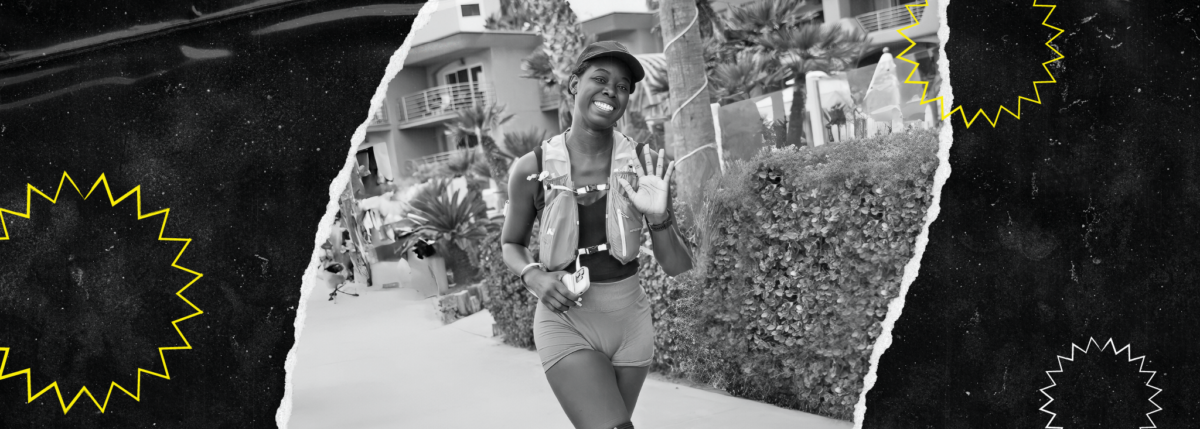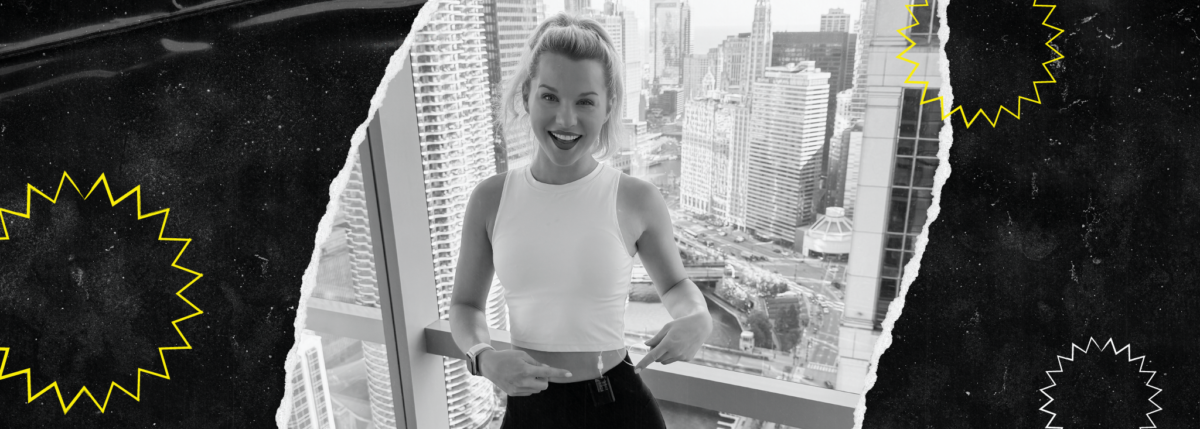A Misdiagnosis left my 2-year-old in DKA, Fighting for his Life
Written by: Lisa Judkins
3 minute read
December 12, 2017
One morning, James woke up and per usual, asked for something to drink. I looked at my very articulate 2-year-old, and asked: "Why do you want so much to drink? Are you really thirsty?" And his reply still haunts me…

The doctor came in, and gave us a thumbs up, saying, “We’re good!” My husband and I high-fived and gathered James, our 2-year-old, and headed home. It had been a long 45-minute wait for James to urinate into a little baggy that they had attached to him, and it was strange it took him so long, because he had been a non-stop pee factory for weeks.
It was the week of Christmas of 2015, and I called to make an appointment at James’ pediatrician’s office. He had been drinking and peeing a lot. He also seemed to have lost weight. I knew the signs of diabetes, and my husband’s family has a strong history of type 1 diabetes (T1D). I tended to be an alarmist, and often needed to be talked out of rushing my kids, or myself, to the doctor, but I convinced my husband that we should go get James checked out. I was sure I was overreacting, and the result of the test confirmed that. James’ urine test came back negative for glucose, which meant that it WASN’T diabetes. “Could you imagine if he had diabetes?” My husband and I both asked each other, out of relief on the way home.
Over the next few weeks, James’ symptoms became more dramatic. He would wake up screaming and begging for water. His diapers were so heavy they were falling off of his body, which was looking thinner and thinner. I knew something was wrong, but I also knew that it was NOT diabetes. Diabetes wasn’t even on the table anymore.
One morning, James woke up and per usual, asked for something to drink. I looked at my very articulate 2-year-old, and asked: “Why do you want so much to drink? Are you really thirsty?” And his reply still haunts me … “It makes the owies go away.” Something traumatic was happening to my baby, and I couldn’t figure it out.
Fast-forward to January 10, 2016. James had refused to eat most of the day, though he had guzzled about 30 ounces of milk first thing that morning. I had noticed his breathing seemed sort of labored. It was very very subtle at first, almost unnoticeable. I counted his breaths per minute, and it wasn’t too far from what was normal for his age (or so said Google) so I let it go. That night, my dad was holding him, and mentioned his breathing seemed fast. My heart sank. “You noticed that too?” I asked. We talked for a minute about bringing him to the hospital, having absolutely no idea what could be causing such a strange symptom. Was he getting sick? Did he just drink too much? Is he just really tired? We decided to wait, and get an appointment the next day. That night, I checked on James constantly as he slept. Knowing what we know now, it is astonishing to us that James ever survived that night.
Monday comes around, and we were able to get an appointment at 10:20 a.m.. I was in the process of getting James ready to go when he began vomiting. I became frantic at this point. James was turning grey; he was literally turning grey. It looked like the life was draining from his little 28-pound body. I rushed him into his pediatrician’s office, which was about five minutes away (closer than the hospital). I wrote down all of the symptoms I had been noticing since we were last there, and through my tears, read her the list. Each individual symptom, separately could be easily explained away, but added together equaled a very big and scary diagnosis, whatever it was. She looked at James, and wanted to test his urine again. I shot back: “But it isn’t diabetes! The test said it wasn’t diabetes! It has to be something else!” She pressed, and we did the test again. The doctor came back in, and I knew. I knew the first test had failed, I knew that every minute of our lives would be different from that moment on. I knew that my baby had diabetes.
 We rushed James to the children’s hospital, where he was admitted immediately. His blood sugar came back at 418—high enough to have put him in a coma. Out of all the numbers we deal with daily, that number is forever burned into my memory. After putting several IVs into James, the doctor told us we had to go to the PICU. We were quickly transported to a PICU overflow room, where we started to understand the severity of the situation. We then learned that James was in diabetic ketoacidosis, or DKA. I had never heard those words before, let alone the symptoms. We spent 24 hours in the PICU, watching and praying over James. After he was stabilized, we spent four more days in the hospital as he recovered. My husband and I received a crash course in diabetes care, and were adjusting to the “new normal.”
We rushed James to the children’s hospital, where he was admitted immediately. His blood sugar came back at 418—high enough to have put him in a coma. Out of all the numbers we deal with daily, that number is forever burned into my memory. After putting several IVs into James, the doctor told us we had to go to the PICU. We were quickly transported to a PICU overflow room, where we started to understand the severity of the situation. We then learned that James was in diabetic ketoacidosis, or DKA. I had never heard those words before, let alone the symptoms. We spent 24 hours in the PICU, watching and praying over James. After he was stabilized, we spent four more days in the hospital as he recovered. My husband and I received a crash course in diabetes care, and were adjusting to the “new normal.”
James inspires us with his strength and resilience everyday. We have no doubt that James’ pediatrician saved his life by ordering the second urine test and sending us to the emergency room. No one is completely sure why the first test failed, but the three weeks before diagnosis are terrifying to remember, knowing what we know now.
James’ sweet face and big brown eyes are a beautiful but sobering reminder that DKA is often missed in those who are so small and who cannot communicate. Knowledge is not only power, but a shield against this deadly, and often avoidable condition of DKA. His story reminds us that bravery and strength can be found in the smallest of warriors. It is our hope and prayer that others learn from James’ story. We have confidence that these life-changing events happened for a reason, and that our daily journey can bring awareness to this cause—and maybe even save a life.
Read All About DKA—from personal stories to management help.

Author
Lisa Judkins
Lisa Judkins lives in Northeast, Ohio, with her husband, John and two sons, James (3) and Noah (15 months). She is a stay-at-home mom, and a stand-in pancreas for James, until we find a cure. They are waiting on their diabetic alert dog, Honey Waffles, to finish her training and help in the fight for James’ daily health. James made a full recovery from diabetic ketoacidosis (DKA), thanks to the medical team at Akron Children’s Hospital. He is a proud type 1 ambassador, and continues to live beyond his diagnosis.
Related Resources

Danica Collins not only prepared for one of the most challenging physical events of her...
Read more

Beyond Type 1 is spotlighting inspiring athletes with type 1 diabetes as they prepare for...
Read more

On November 3, 2024, Taylor Rindfleisch of Chicago laced up her running shoes for the...
Read more

